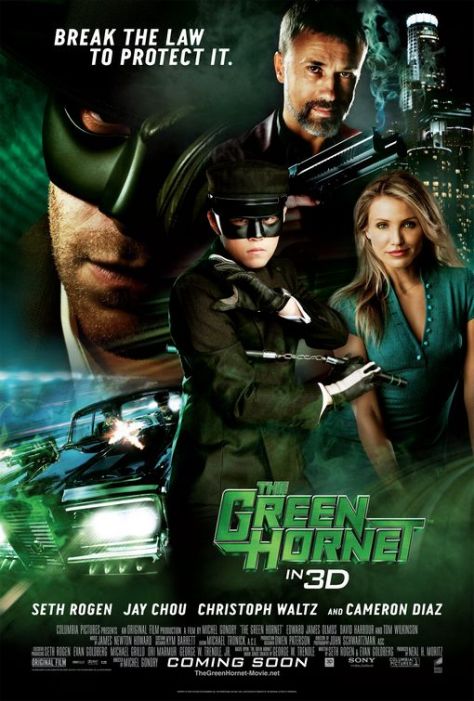



Warning! This is a story of exhilarating and dangerous puppy love: John Grady Cole is sixteen and a cowboy who knows and loves horses. Grady’s grandfather dies and the ranch he was born on is to be sold.
Grady decides he’d rather be a cowboy in the wilds of Mexico where he can continue to work with horses than go into the city to look for work. Without saying goodbye to his dad, who’s sick, possibly from lung cancer, Grady leaves with his best friend Lacey Rawlins who’s just one year older than he is.
Together they leave the United States and cross into Mexico where they marvel at the beauty and wildness of the untamed countryside. As they ride they are soon aware that they’re being followed. They try to shake their tail, but whoever it is he’s persistent and he won’t give up the chase.
Finally, they get down from their horses and lay in wait for their pursuer only to discover a kid – just 13 years at most. His name’s Jimmy Belvins and he’s riding a handsome bay horse, which they guess must be stolen. Belvins swears it’s not, that the horse is well and truly his.
However, Rawlins has a dark portent of what allowing this child to accompany them might actually mean for them in the end and he doesn’t hide his distaste for the kid who also just happens to be a marvellous shot with a colt gun that also seems (along with the horse) to be too fine a thing for him to own and which he also insists he did not steal.
They continue to travel south and run into a severe storm that leaves the Belvins kid shell-shocked. Stripping down to the skin he runs in the rain insisting he has bad luck with storms and that he’s sure to be struck by lightning. He runs off and they continue on alone.
When the storm passes they find Belvins limping with only one shoe on. The horse, it turns out, ran away with his things and his gun. Belvins begs them to go into town to search for his property. Rawlins has a bad idea about that plan. Something about the kid just doesn’t add up. But Grady decides they should help and together they go into town. Sure enough Belvins finds his horse, which is now in the hands of somebody else, and with no way to prove it’s his horse.
Impatient, and against advice, Belvins steals the horse back. They all ride out with the men of the town in hot pursuit. Finally Belvins insists on separating from the other two to throw their pursuers off. He rides off leaving them alone. For the moment it seems fate has finally removed him from their lives.
Grady and Rawlins head further south where they come upon a hacienda and get a meal and ingratiate themselves with the owner of the Ranch, a Mexican aristocrat, Don Hector, when Grady shows him how good he is with horses. Don Hector is impressed by Grady’s understanding of horses and makes him a breeder and sets him to breeding some wild horses.
But Grady falls in love with the aristocrat’s beautiful daughter, Alejandra, and they both start an affair. Meanwhile, Alejandra’s grandaunt, Alfonsa, becomes aware of the affair and summons Grady to her quarters.
They dine together where she reveals her past to him, that she also was wild and untamed like Alejandra and was also a romantic and also fell in love with the wrong man – a Mexican revolutionary who fought during the civil war. She cautions him: falling in love with the wrong man in Mexico is an unforgivable act. Her family had prevented her own marriage to her lover and rather than sympathise with her great niece she’ll instead oppose their union.
Grady, though, is completely enamoured by Alejandra and can’t break himself free from her enchantment. Rawlins, meanwhile, begs Grady to get over his infatuation, there’ll be no good to come of it. But Grady is unable to, and refuses to forget about her.
Don Hector, when made aware of his daughter’s salacious rendezvous with his employer, takes Grady out among the horses and for a moment it looks like he’ll take matters into his own hands and kill the young man. In the end he relents and opts instead to hand him over to the corrupt the Mexican authorities who take both Grady and Rawlins away to prison where they’re tortured.
In the prison they’re reunited with Belvins. He also has been severely tortured and it seems his spirit has been broken. After he’d left them it turns out he went back to the town to get back his colt gun and was captured, but not before killing a man.
The captain of the unit, an amoral man known as Raul, tells the young men that the only way for them to get out of their predicament is with a bribe. Seeing that they are American he assumes he’ll make a killing from getting them, or their families back in America, to pay for their freedom.
Grady and Rawlins, both broke themselves, tell the captain that they have no money and that they come from poor homes back in America and no one will be able to pay a ransom for them.
Raul is unimpressed by their protestations and decides to move them to a bigger prison where the hardships there are likely to cause them to rethink their position on bribing him. On the journey to the prison the company stops to rest at an abandoned ranch. Raul has taken a bribe from a relative of the man Belvins killed and both Grady and Rawlins watch on helplessly as the young boy is taken away and shot dead.
Their journey ends at the prison, which is a no-holds-barred-free-for-all cesspit of the worst criminals Mexico has to offer. Grady and Rawlins stay together, but are harried and beaten severely over their first few days there. And just as they would give up hope they’re summoned by Perez, a wealthy and influential prisoner who advises that money is the only thing likely to save their lives. They refuse to pay him for their lives.
Then Rawlins is stabbed – presumable on Perez’s orders – and he’s dragged off immediately so that Grady doesn’t even know if he’s alive or dead. It seems the whole prison has their eyes set on killing both Americans. Now Grady knows it’s his turn and he steels himself for the inevitable encounter with death, which seems to be on every corner of that godforsaken place.
Grady acquires a shiv as a weapon. When the attack finally comes he’s in the cafeteria. Grady barely survives the brutal encounter and manages to kill the assassin. He’s taken to the prison hospital to recuperate where he’s reunited with Rawlins who it turns out is still alive.
As they recover from their wounds they both agonize over going back where their chances of surviving for a second time will most certainly be unlikely. Then they’re released suddenly and are left to ponder why.
Grady can guess who was responsible for paying for their release. Still stubborn, and still hopelessly in love, he makes up his mind to go back to the hacienda. Rawlins for his part has had his fill of their Mexican adventure and though it pains him he can’t continue on with his friend – he’s simply had enough.
Grady heads back for the ranch where he confronts Alfonsa. As he’d suspected it was she who’d paid for their release, but only after Alejandra had begged her and only on condition she never see John Grady Cole again.
Angry, Grady leaves in search for Alejandra. When he finds her they spend one more passionate night together, but that will be the last time they are together. Alejandra can’t or won’t leave her family. Her aunty and father’s hold on her is too strong and she refuses to run away with Grady.
Left alone and with nothing left to lose Grady goes back in search of his horses and maybe a little retribution for his suffering. His, Belvins, and Rawlins’ horses are with the captain and his men. Grady confronts him, and after a shootout in which he’s shot he takes the captain prisoner, and then he’s chased across the Mexican countryside.
Grady considers killing the captain for the things he and Rawlins were made to suffer and for killing Belvins and just to be rid of him to make his escape easier, but in the end he doesn’t, and he comes upon some Mexicans who take the captain off his hands as their prisoner.
Grady is now free to return to Texas where he searches for Belvins’ family to return his horse. But no one knows Belvins and no one will take ownership of the horse. Then some men claim the horse is theirs and it was stolen from them. Grady is arrested and when he consequently stands trial he recounts his incredible story and everyone in court is mesmerised by the telling of his adventure.
Finally, the judge, who can’t believe anyone could fabricate such a story, rules in his favour and the horse is given back to him. Grady, though, can’t shake off all the evil that’s been done to him and that he himself has also done and seeks restitution. He goes back to the judge, this time seeking him in his house. They speak.
The judge asks him if anything he said in court was the truth and Grady confirms everything he’d told was the truth to which the judge consoles the young man:
Son, he said, you strike me as someone that maybe tends to be a little hard on theirselves. I think from what you told me you done real well to get out of there with a whole hide. Maybe the best thing to do might be just to go on and put it behind you. My daddy used to tell me not to chew on something that was eatin you.
Yessir.
There’s somethin else, ain’t there?
Yessir.
What is it?
When I was in the penitentiary down there I killed a boy.
The judge sat back in his chair. Well, he said. I’m sorry to hear that.
It keeps botherin me.
You must have had some provocation.
I did. But it don’t help. He tried to kill me with a knife. I just happened to get the best of him.
Grady leaves and resumes his search for Belvins’ horse’s owner. When he still doesn’t find the rightful owner he goes back to his own town and is reunited temporarily with Rawlins who confirms Grady’s dad is dead. Grady says he figured this was so as he had a premonition.
The last lines of the novel show Grady attending the funeral of one of his family’s lifelong employees. It seems all that would tie him to this country is now gone. As he’d said earlier when Rawlins had tried to convince him to stay, saying, “this is still good country.” Grady had replied, “Yeah. I know it is. But it ain’t my country.”
Then, riding on Belvins’ horse, he just goes on.
Style
The style is consistent with other McCarthy novels: the omission of quotation marks, the distinctive Southern American slang, and the use of polysyndetons, that is the repetitive use of conjunctions in a sentence.
Themes
Again, in keeping with McCarthy’s style, there is a deeply religious subtext and discussions of sin and wickedness. As with his other works it almost seems as if bad things happen to people until they take responsibilities for their bad actions. These themes are, however, not given as primary a role as other novels – the primary thing here is the romance between Grady and Alejandra.




See Also






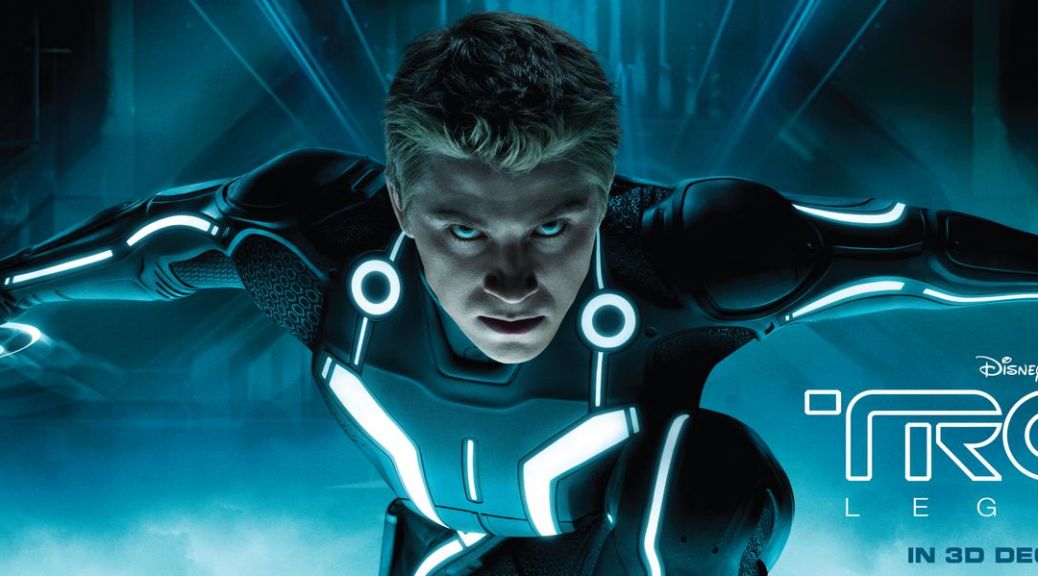
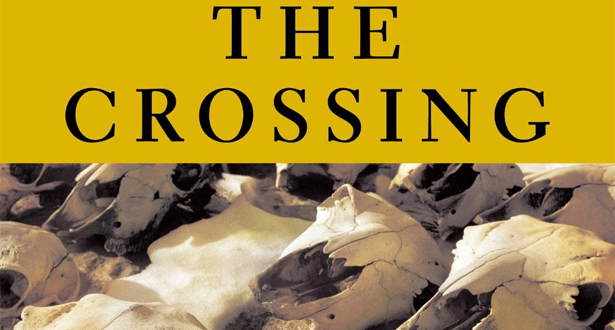
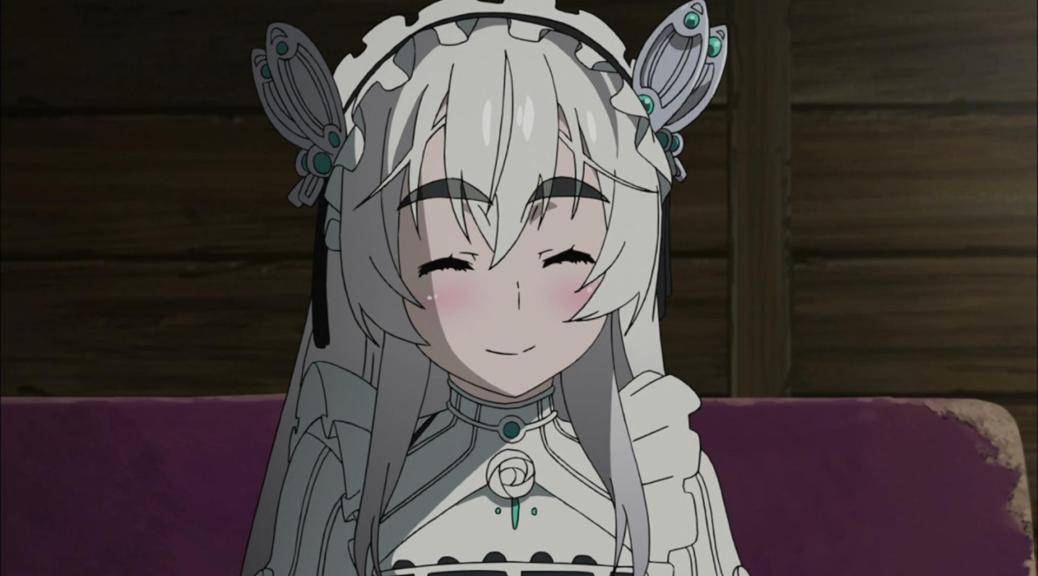








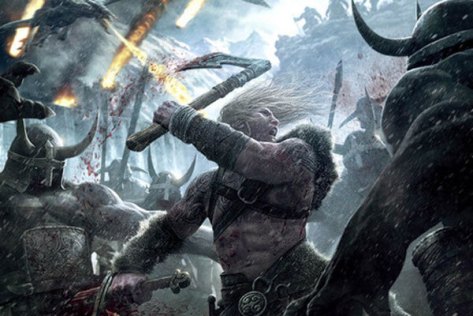

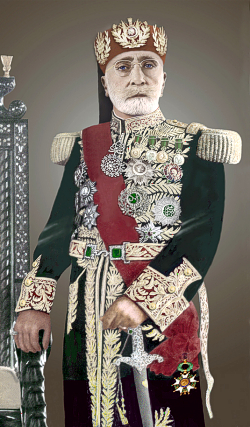







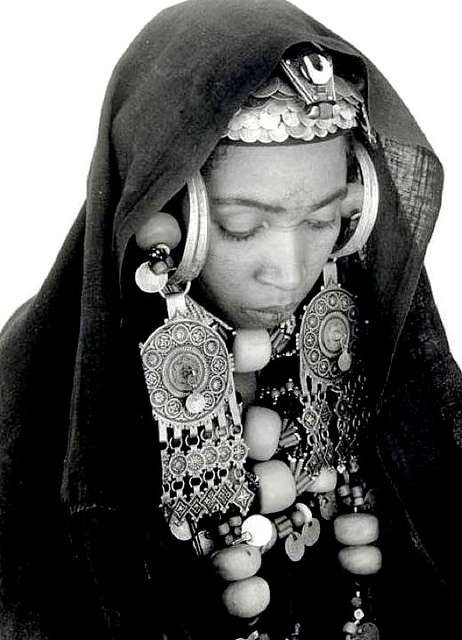








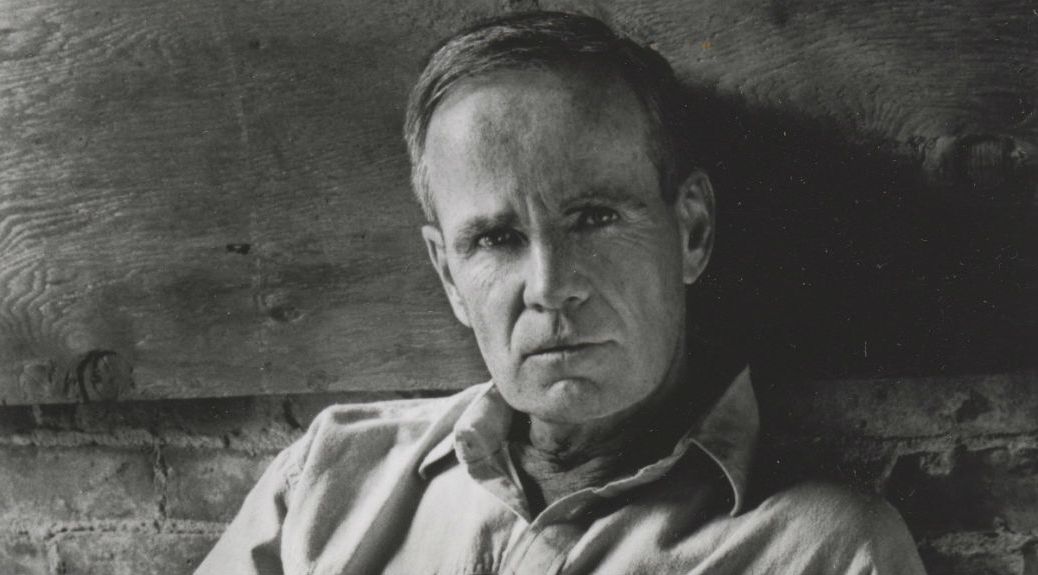


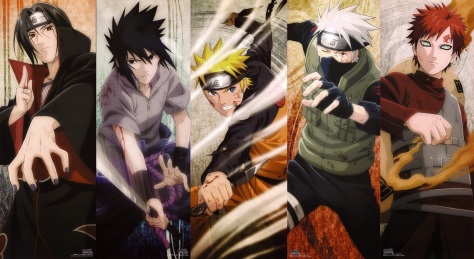
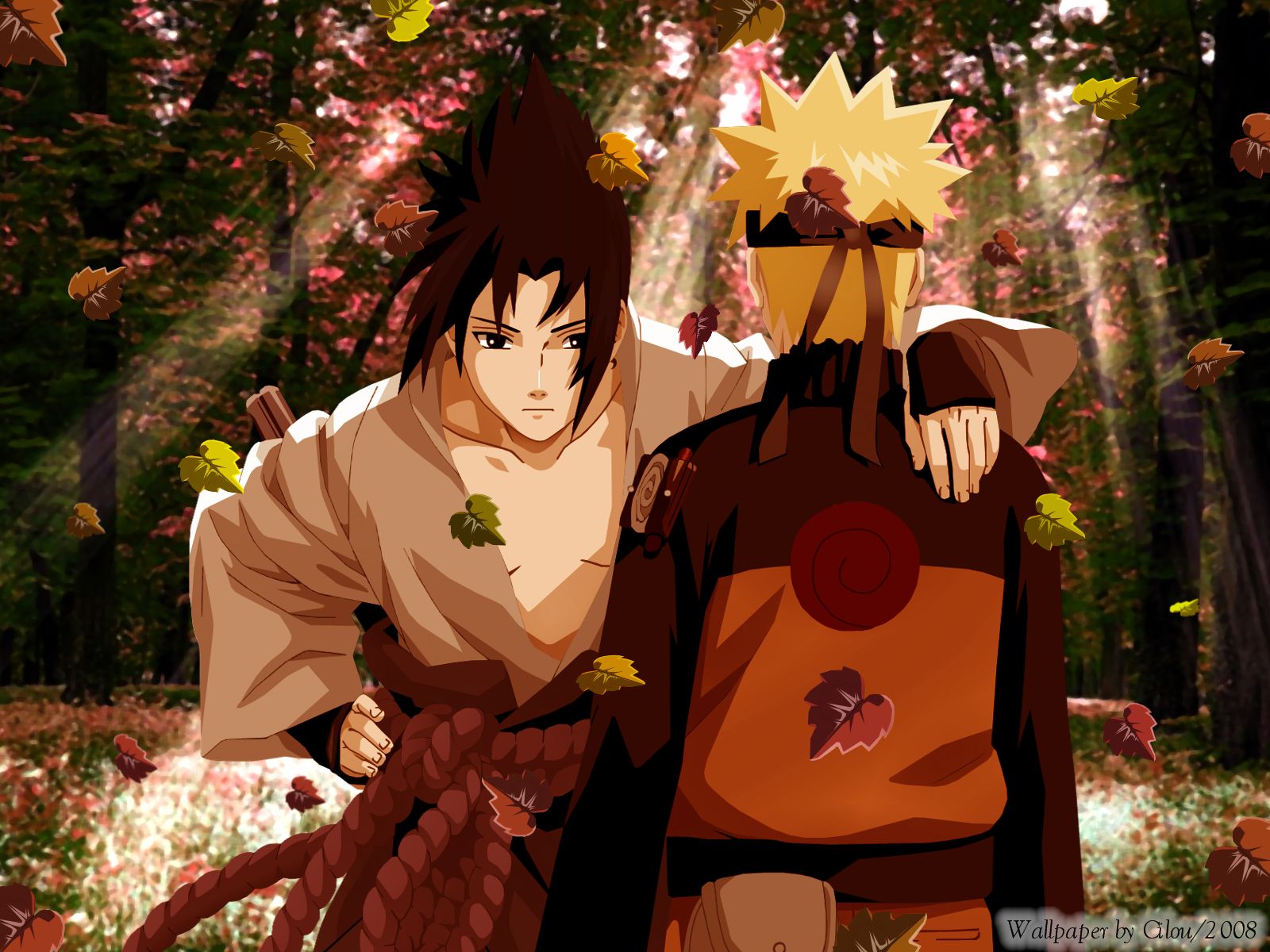
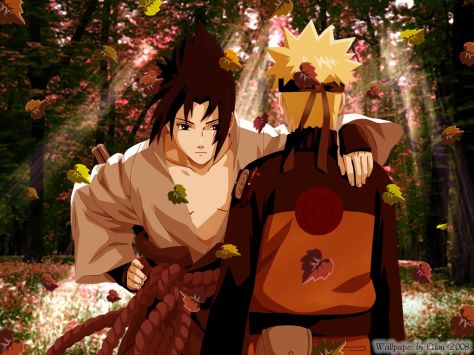
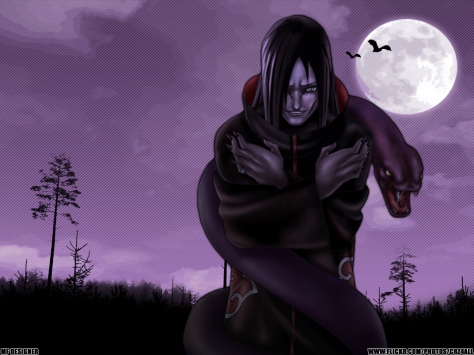
.jpg)


